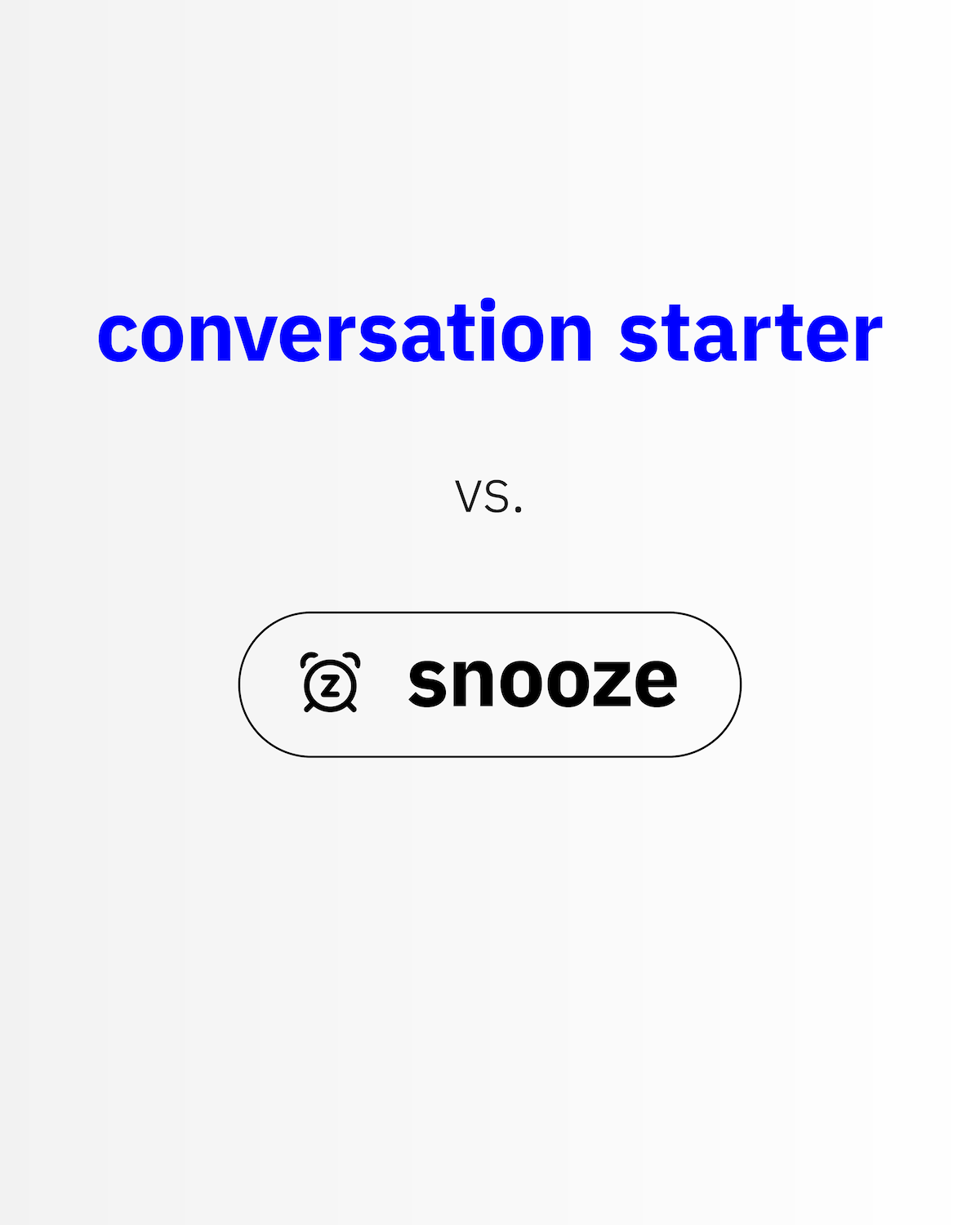Where B2B Brands Are Missing Out on Growth (Hint: It’s Design)
Dear marketing leaders: design isn’t just about looking good.
Done thoughtfully, it can move the needle by helping your content perform better, your sales team close faster, and your prospects understand your value more clearly.
Most B2B brands underinvest in design in ways that are surprisingly easy to fix, so let’s dive in.
1. Give Your Content a Longer Life
That blog post or webinar you spent weeks creating probably lives on your site and does its job once, or maybe twice, before it quietly fades away. If you let it collect dust, you may be missing out on additional touchpoints, engagement, and even lead capture opportunities.
Where design can help: Think of your designer as a multiplier.
Expand a blog post into a visually compelling ebook, gated for lead capture.
Turn quotes from your webinar into bite-size social graphics for LinkedIn, Instagram stories, or newsletters.
Repurpose pitch deck graphics in an email nurture series to gently guide prospects down the funnel.
Reformatting content for a new channel or tailoring it to a different audience segment can make it feel fresh, clickable, and much more likely to perform. You don’t need to create everything from scratch, just repurpose what you already have for faster design turnarounds and maximum ROI.
2. Make Sales Materials Actually Work for You
How many sales decks have you seen turn into 60-slide monsters, trying to explain every detail of a complex SaaS product? Sure, they’re thorough, but most prospects either plan to revisit later (and then never do) or tune out entirely from information overload.
Where design can help: Simplify the deck so it’s easy to digest in the meeting, then let your designer figure out the best way to share the rest of the content. Some options:
A polished PDF that gets emailed afterward—perfect for forwarding to other stakeholders.
An interactive tool on your website, like an ROI calculator or a “find-the-right-solution” quiz.
A playful infographic that makes your key message stick.
A few well-designed slides up front can guide the conversation, while functional visuals extend your message beyond the meeting. Strategic design decisions here can save your team time, keep prospects engaged, and have a surprisingly big impact.
3. Clarify Your Message Before It’s Too Late
Jargon-heavy content can kill momentum before your audience even gets it. You might have an amazing product, but if it’s confusing, it doesn’t matter. Remember: a developer or technical expert may understand the full depth and nuance of your SaaS solution, but your buyer is often a C-suite executive who doesn’t have the same technical background. If your message is buried in jargon or overly complex explanations, the very people whose approval drives the deal can miss the value entirely.
Where design can help: Find a graphic designer who works like an instructional designer—skilled at turning complex ideas into clear messages for your audience, without needing to be a subject-matter expert. Loop them in early to:
Visualize complex ideas so your audience instantly “gets” the core value, even if they’re not technical.
Align visuals with messaging so each touchpoint reinforces comprehension and keeps prospects on track.
Highlight your solution’s benefits without overwhelming the reader with unnecessary detail.
Guide attention and decision-making by structuring content in a way that’s easy to digest and act on.
In short, designers focus on teaching your audience what they need to know to make a decision, bridging the gap between deep technical knowledge and executive-level understanding.
It doesn’t take a full overhaul, sometimes just a few well-crafted illustrations or layout tweaks can help your stakeholders at every level grasp your value faster and move toward a decision.
The Bottom Line
Design isn’t just decoration. It’s a lever you can pull to:
Extend the life and reach of your content
Make sales enablement materials more effective
Simplify complex messaging to drive action
And here’s the good news: you don’t have to reimagine everything at once. Start with the low-hanging fruit that’s top of mind for your organization. A simplified deck, a gated asset, a few visual tweaks across your nurture campaigns, these small improvements add up to measurable growth.
Work with your creative team early to spot the opportunities hiding in plain sight, and watch the impact ripple across your marketing and sales efforts.
Ready for the CTA?
If you’re ready to invest in design that actually drives growth, I’d love to hear about your next project. Just fill out the pesky little form.
